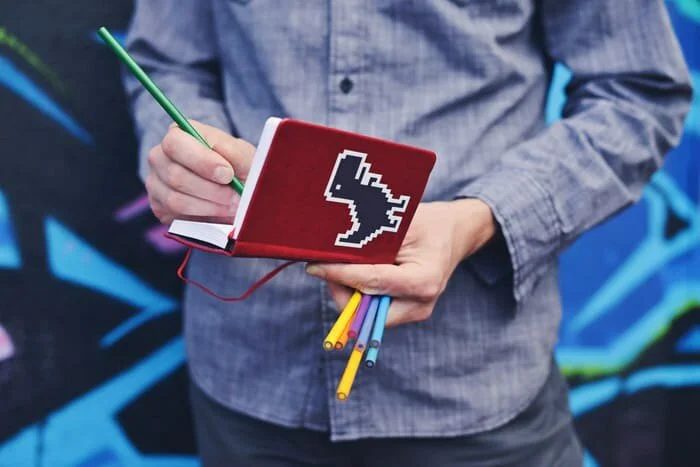Cover Photo by Sticker Mule on Unsplash
4 ways of taking notes — reviewed
Back in school, I was a lousy note-taker. Because I understood the concept on the moment, I figured there was no point take notes from it. I was wrong. When I started studying the topic of learning and the brain, I realized the importance of note-taking. Essentially, it boils down to two things:
The repetition or rewording of something makes the concept stick more easily; and
The more senses you involve in your learning, the better.
The latter one is particularly interesting and one that’s often overlooked. To maximize the effectiveness of your learning, you want to involve as many senses as possible. If you’re just listening to a class in front of you or watching an instructional video, you’re using two senses: hearing and sight. The simple act of taking notes adds touch to the mix.
At the very minimum, you should note the concepts down. The idea is never to fully write down all the information you’re getting. You have to let your brain work a little with recollection. If you write everything down, it’s not any different from reading, and that’s mostly passive. To improve your learning, you can’t be passive!
1. Copying text
A very popular form of note-taking is to take a part of a book and article you read and copy it over in a notebook (physical or not). If you’re simply copying+pasting, this is close to useless unless you practice Spaced Repetition.
If you are transcribing, at least it’s a little more involved, but still very close to useless. When you’re transcribing, you’re not paying attention to the meaning of what you’re writing. Essentially, you’re not focused on the comprehension.
Effectiveness: 2/10
2. Highlighting text
Highlighting text isn’t that different from copying text over. There’s a really important pitfall to note about highlighting — it’s subjective. And that’s dangerous.
When you highlight something, you tell your brain that it’s an important piece of information. Most of the time, you can’t tell what’s more important than something else. Don’t see your highlight has a truth unless it’s a verified fact (and even then). When you go over your material, don’t solely focus on your highlights.
For maximum benefits of highlighting, note down why you highlighted the passage in the first place. With the context added in, it’s easier to tell if it’s relevant for you when you review it or if it’s not.
If you highlighted something and realized later it’s not important or wrong, leave a mark saying so in the margin.
And a last thing on highlighting: a technique I like to use is when I pick a book up the next day, I like to review yesterday’s highlights before resuming my reading. It’s a simple form of recollection.
Effectiveness: 3/10
3. Flashcards
Flash cards are very popular. They’re a focused way of learning that makes your learning more active. There are many resources on the web that give you pre-made flashcards you can use and study.
The question is: should you?
Here are some pitfalls of using pre-made flashcards:
It’s really not that different from copying+pasting text
How to do validate their truthfulness?
How are you sure they truly relate to what you’re trying to learn?
I very rarely use flash cards, but I see their value when you create your own to do review questions like above. What’s nice about flash cards is that you can add visual components to it.
If you write down: “What are the pitfalls of highlighting?”, you could add drawings or images about things that will make you recall the answer more easily, adding a visual component you wouldn’t have another way.
Effectiveness: 7/10
4. Review Questions
If you want to take your note-taking skills to the next level, the following is what you want to do. As you are reading, listening, or watching videos, write down questions about things you want to remember.
Let’s use this article as an example.
Let’s say you want to become a better learner and you’re reading this article. If you want to remember the pitfalls of highlighting, you could write: “Why should I NOT highlight text?” If you want to recall the benefits of highlighting, you could write: “Why is note-taking important for learning?”
By not writing the answers, you force your brain to go in “active” mode and work to recall the answer. This makes your learning active. You can choose to write the answer close to your questions, or note down how to get the answer back. I personally prefer the latter because it’s more active and visual.
Effectiveness: 8/10
What to take notes of?
What you take note of depends on your learning goal. For most skills, you shouldn’t focus on memorization, but rather concepts and procedures — things you can understand and things you can practice.
When you scan an article, a book, or watch a video, pay special attention to nouns and verbs. Any jargon you don’t immediately understand should be noted. Any action verb should be noted.
Anything that seems to be a sub-skill of the skill should be noted. If you’re reading about snowboarding, note down jumps like jumping, turning, bending, etc.
Everything you need to know
Writing review questions while reading is a great form of note taking that makes your learning active.
Flash cards can be great, but be wary that what you’re studying is relevant.
Copying text over and highlighting are a passive form on note-taking and are close to useless if you’re not recollecting regularly.

